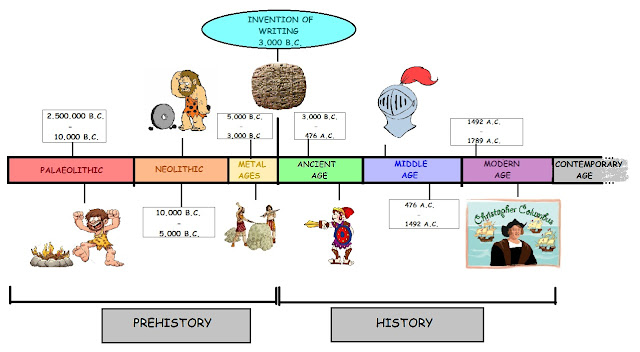SOLAR SYSTEM TEST
The Sun is a star of the Milky
Way’s galaxy.
In our solar system there are
8 planets orbit around the Sun.
THE EARTH MOVEMENTS
ROTATION:
The Earth spins on its axis.
It
takes 24 hours.
It
produces the DAY/NIGHT
REVOLUTION:
The
Earth orbits the Sun.
It
takes 365 days and 6 hours.
It
produce the SEASONS
because the Earth is TILT
1-
Winter is colder because the North Pole tilts away
from the Sun.
It is summer in the South
Hemisphere.
2- On the spring and autumn
equinoxes (equal night) Northern and
Southern Hemispheres receive equal amount of sunlight.
Southern Hemispheres receive equal amount of sunlight.
3-
In Summer, the day is longer and warmer. It is because the
North Pole is tilting towards the Sun.
North Pole is tilting towards the Sun.
In the Southern Hemisphere it
is winter.
PHASES
OF THE MOON
The Moon orbits the Earth. It
takes 28 days.
Depending
on the position of the Earth, we see different lunar
phases.
phases.
TIDES
Tides are the rise and fall of
the seas and oceans.
They are caused by the
gravitational force of the Moon.
It rises and falls every 6
hours, so there are two high tides and two
low tides every day.
low tides every day.
HEMISPHERES, LATITUDE AND LONGITUDE
In
some maps there are some imaginary lines that help us locate
things in it.
things in it.
-
The horizontal lines are parallels.
-
The vertical lines are meridians.
The
latitude of a place is its distance from the Equator.
The
Equator is 0º latitude.
The
longitude of a place is its distance from the Greenwich
Meridian.
Meridian.
Greenwich Meridian is 0º longitude.


Comentarios
Publicar un comentario